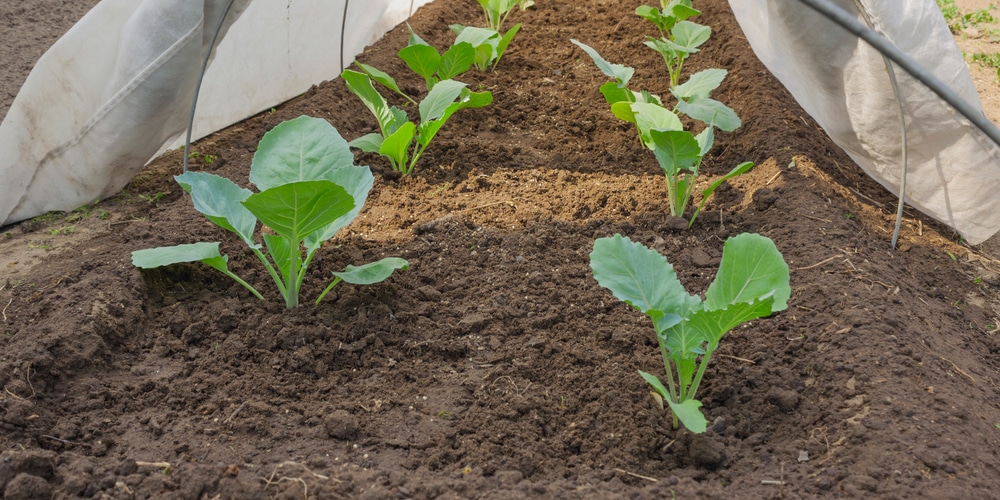Planting cabbages is a great way to get started if you’re a beginner gardener. Cabbage plants are hardy and can withstand cold weather, so they’re ideal for gardeners in colder climates. In this article, we’ll discuss the best time to harvest cabbage and how to store it properly so you can enjoy your homegrown vegetables all year.
Importance Of Harvesting At The Right Time
Gardeners must be careful to time their harvest correctly, as harvesting too early or too late can result in lost crops. Harvesting cabbage at the right time is essential for several reasons.
First, if the cabbage is harvested too early, it will be small and may not have a fully developed flavor. Second, if the cabbage is harvested too late, it will be tough and bitter. Finally, if the cabbage is left in the field for too long, it will be exposed to pests and diseases.
When Is The Best Time To Harvest Cabbages
Cabbage is a versatile vegetable that can be used in various dishes, from soups and stews to salads and slaws. Cabbages come in multiple sizes and shapes, from small, round heads to large, elongated wedges. There are also many varieties of cabbage, each with its unique flavor and texture.
Cabbage is a cool-weather crop that thrives in spring and fall. In colder regions, cabbage can be planted in early spring and harvested in late fall. In warmer regions, cabbage can be planted in winter and harvested in spring. Early or spring varieties mature quickly, while late-season or storage varieties take the longest to reach harvest. Remember this when planning your planting and harvesting schedule:
- Early-Season cabbages – mature in 50 to 60 days
- Mid-Season cabbages – mature in 75 to 85 days
- Late-Season cabbages – mature in 85 to 200 days
The ideal time to collect cabbage will vary depending on the type of cabbage planted and when the heads mature. It is not necessary for cabbage heads to indicate when it is time to harvest cabbage.
Depending on the temperatures during the growing season, some varieties may mature faster or slower than usual. Faster maturity happens when there are higher temperatures during the day and night.
Harvesting can begin when the head feels firm. To test for firmness, gently squeeze the cabbage head in your hand. The head should be dense and not give to pressure. It is not yet ready to harvest if you can dent the head with your fingers.
You can also check for maturity by looking at the color of the cabbage leaves. The leaves should be deep green in color and have a crisp texture. If the leaves are yellowing or wilting, the cabbage is past its prime and should not be harvested.
How To Harvest Cabbages
After a long growing season, it’s finally time to harvest the cabbages. Here’s what you need to do to ensure a successful harvest:
With a sharp knife, cut the base of each cabbage head. Remove any yellow leaves and loose green ones; they help keep the head fresh while it’s stored. Alternatively, remove the plant roots and all and hang them in a moist cellar close to freezing temperatures.
How To Store Cabbage
Depending on your desired shelf life, freshly harvested cabbage can be stored in various ways. Choose a cool, dark location such as a basement or root cellar for the longest possible storage. If you plan to eat the cabbage within a week or two, it can be stored in the crisper drawer of your refrigerator.
To extend the shelf life of cabbage even further, you can shred it and store it in an airtight container in the freezer. No matter how you choose to store your cabbage, be sure to harvest it at peak ripeness for the best flavor and texture.
Conclusion
Harvesting cabbage at the right time is crucial for getting the best flavor and texture. Be sure to pick heads that are firm all the way through when squeezed.
Cabbage should be kept in the refrigerator’s crisper drawer or a cool, dark place like a root cellar. Cabbage can be shredded and frozen for long-term storage. No matter how you choose to store your cabbage, be sure to harvest it at peak ripeness for the best flavor and texture.
Related Article: When to Transplant Cabbage

